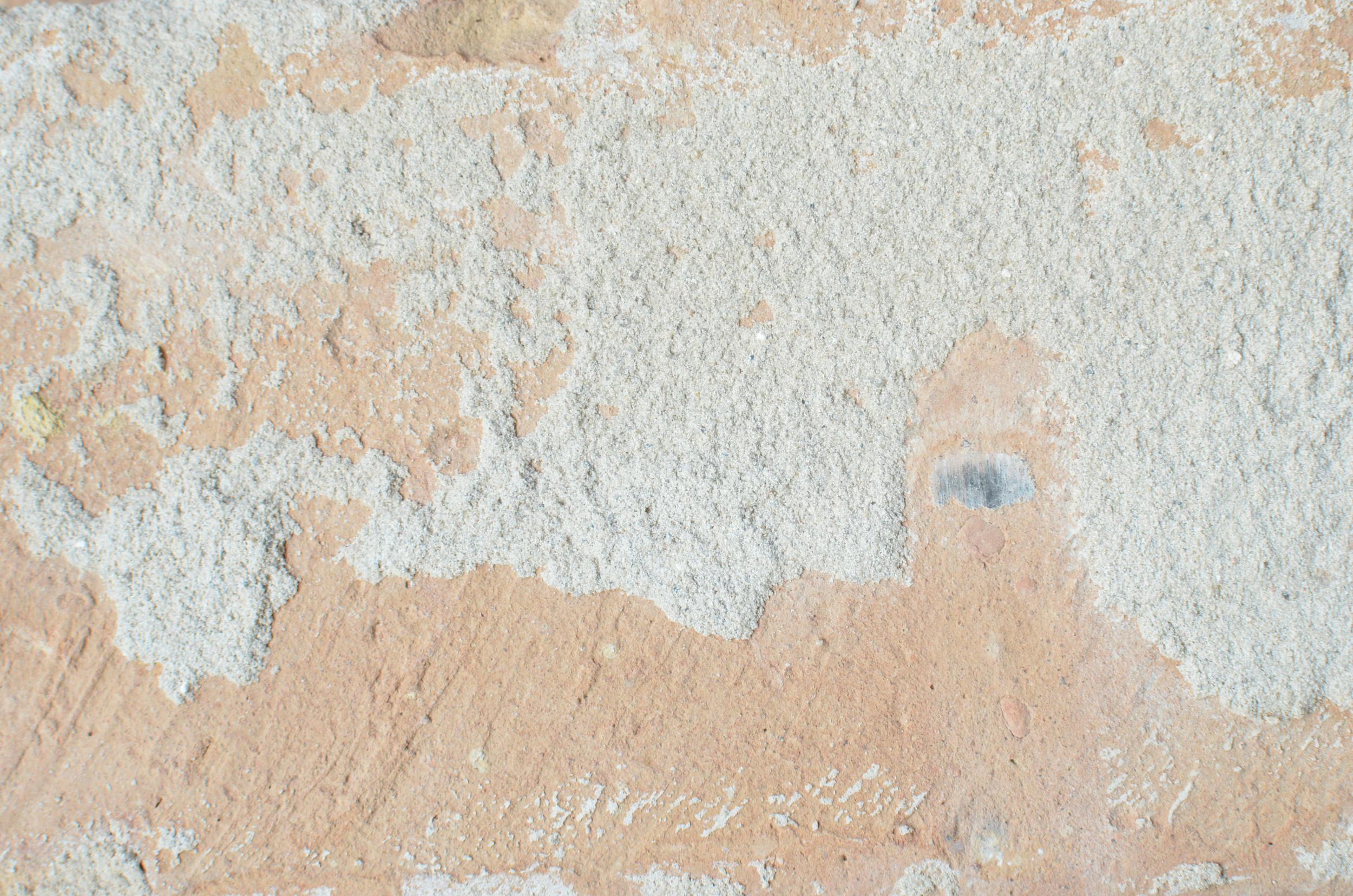
Efflorescence is a common problem that affects stucco walls, and it can be frustrating to deal with. Efflorescence occurs when water-soluble salts are brought to the surface of the stucco and left behind as the water evaporates. This can result in unsightly white stains or discoloration on the surface of the stucco.
In this post, we'll take a closer look at what efflorescence is, why it happens, and what you can do to prevent it from affecting your stucco walls.
What is efflorescence?
Efflorescence is a crystalline deposit that forms on the surface of building materials such as stucco, concrete, and brick. It's usually seen as a white or grayish-white discoloration on the surface of the material.
Efflorescence occurs when water-soluble salts are present in the building material or in the soil around the foundation. When water moves through the material, it dissolves the salts and carries them to the surface. As the water evaporates, the salts are left behind and form a crystalline deposit on the surface.
While efflorescence doesn't usually pose a structural problem, it can be unsightly and can cause damage to the surface of the stucco.
Why does efflorescence happen?
Efflorescence can happen for a number of reasons, including:
Prevention
While it is impossible to entirely eliminate the possibility of efflorescence in stucco walls, there are certain steps that can be taken to minimize the chances of it occurring. One of the most important things is to ensure that the stucco is applied correctly in the first place. This means using a quality mix that is properly mixed and applied to the wall in accordance with the manufacturer's instructions. Additionally, the surface of the wall should be prepared properly beforehand, with any dirt, debris, or contaminants removed to prevent them from interfering with the bonding process.
Another key factor in preventing efflorescence is moisture control. Stucco walls should be designed to allow for proper drainage and ventilation, and any areas where water is likely to collect should be sealed or diverted. Additionally, any leaks or water intrusion should be addressed immediately to prevent the build-up of moisture behind the stucco.
Treatment
If efflorescence does occur, there are several steps that can be taken to treat the problem. One of the most effective methods is to use an acid solution to dissolve the salt deposits on the surface of the stucco. This should only be attempted by a professional, as the wrong concentration or application method can cause damage to the stucco or surrounding areas.
Another treatment option is to use a power washer to remove the efflorescence. However, care should be taken not to use too much pressure, as this can damage the stucco or create small cracks that can lead to future problems.
Prevention and treatment of efflorescence in stucco walls require knowledge and expertise. It is best to consult with a professional stucco contractor to ensure the best outcome.
Conclusion
Efflorescence is a common problem that can occur in stucco walls, but it is not a cause for alarm. Understanding the underlying causes of this phenomenon and taking preventative measures can minimize the risk of efflorescence occurring. In addition, there are several effective treatment options available for those who do experience efflorescence. By working with a professional stucco contractor and taking a proactive approach to stucco maintenance, homeowners can ensure that their stucco walls remain beautiful and structurally sound for many years to come.